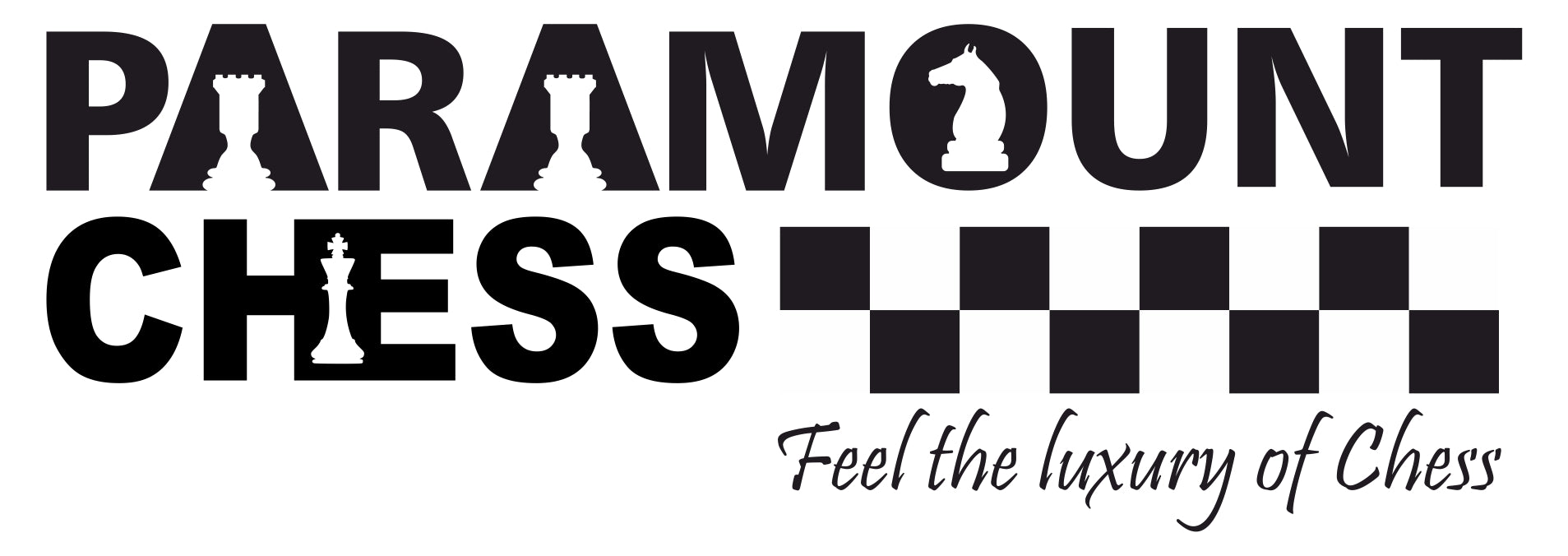
The Réti opening is a hypermodern chess opening primarily for White to play. It is named after the Czechoslovakian Grandmaster Richard Réti. The Réti opening offers a highly flexible game for white to play for the win. It is a very popular opening these days due to its unconventional set-up. The Réti opening was popular among legends such as Anatoly Karapov and continues to inspire the latest generation of grandmasters such as Magnus Carlsen and Hikaru Nakamura. The Encyclopedia of Chess Openings (ECO) classifies this opening from A04 to A09.

One of the great things about this opening is that Black is not immediately able to counter this unlike the common d4 or e4 openings. As a result, this brings about slightly defensive play at the cost of momentum. But then again, because this opening is so flexible it is easy to transpose into a quick attack. It is very common to have games develop with attacks on the flanks. Therefore, the bishop becomes all too important if the game proceeds in that direction.
Pros and Cons
Some of the advantages of this opening are:
- It is a very flexible opening that can transpose into any other attack or defence with remarkable ease
- The Knight is developed very soon and this allows White to castle as soon as possible
- The Knight is able to control two central squares which are the d4 and e5 squares. In addition to that, the White Knight is also not under any threat
Some of the disadvantages of this opening are:
- Advancing the Knight ahead of the f6 pawn will block the pawn. This is however a temporary restriction that may be lifted once castling is done
- This opening allows black to play c5 which controls the d4 square

There is only one move involved in this opening and that is:
- Nf3
How to use this opening?
The Réti Opening is famous for being very flexible. Therefore, there are primarily two ways to use this opening. The first one is to take advantage of this flexibility. White can start off by developing the bishop and castling on the kings’ side. This gives black a chance to choose an opening of their choice. White can then follow this up accordingly. This would be a slightly defensive approach however. White may also like to aggressively play a certain kind of opening after judging blacks’ response. In this way, the flexibility of the Réti opening plays a vital role.
The second way to use this opening is slightly more conventional. That is through its variations. Primarily the Réti is used to transpose into another attack or defence, but it may also be used like this. One popular variation of the Réti opening is the Réti Gambit. Let us have a look at that below.
.
Now is a good time to review the all important chess notations to have a better understanding of the variations below. Check out our article on chess notations here:
.
Réti Gambit
The Réti Gambit is an interesting variation of the Réti opening that offers the pawn on c4 as gambit. This is of course only applicable when black decides to play d5 on the first move. We can assume that black would do this, since it is the most common reply to the Réti opening of Nf3. After the pawn on c4 is offered as gambit, black has two choices. It can either accept the gambit by capturing the pawn or advance the pawn forward. It does not need to defend this pawn since it has the black Queen backing it up. If Black accepts the Gambit, it looks something like this:

The moves involved in the Réti Gambit are:
- Nf3 d5
- c4 dxc4
At this stage, white can easily advance its pawns forward or develop its major pieces. It does not have to worry about the black pawn which is not defended. One great alternative for White is Na3. This is directly attacking the black pawn. Black may further develop its Bishop to Be6 to defend the pawn. The game continues to evolve into a well-rounded battle of the flanks first that gradually condenses into the center of the board.
.
Réti Gambit Declined
This is the advanced variation where black rejects the gambit. Instead, black advances the pawn forward into enemy territory. Again, it is backed up by the Queen so it does not need to be defended as such. The advanced variation looks something like this:

The moves involved in the advanced variation are:
- Nf3 d5
- c4 d4
Obviously, capturing the pawn on d4 using the Knight is not a viable option for Black. This is a slightly aggressive variation for black that can lead to great results.
Further Reading 1: https://www.thechesswebsite.com/reti-opening/
Further Reading 2: https://en.chessbase.com/post/the-reti-opening-an-evergreen-repertoire-for-white




